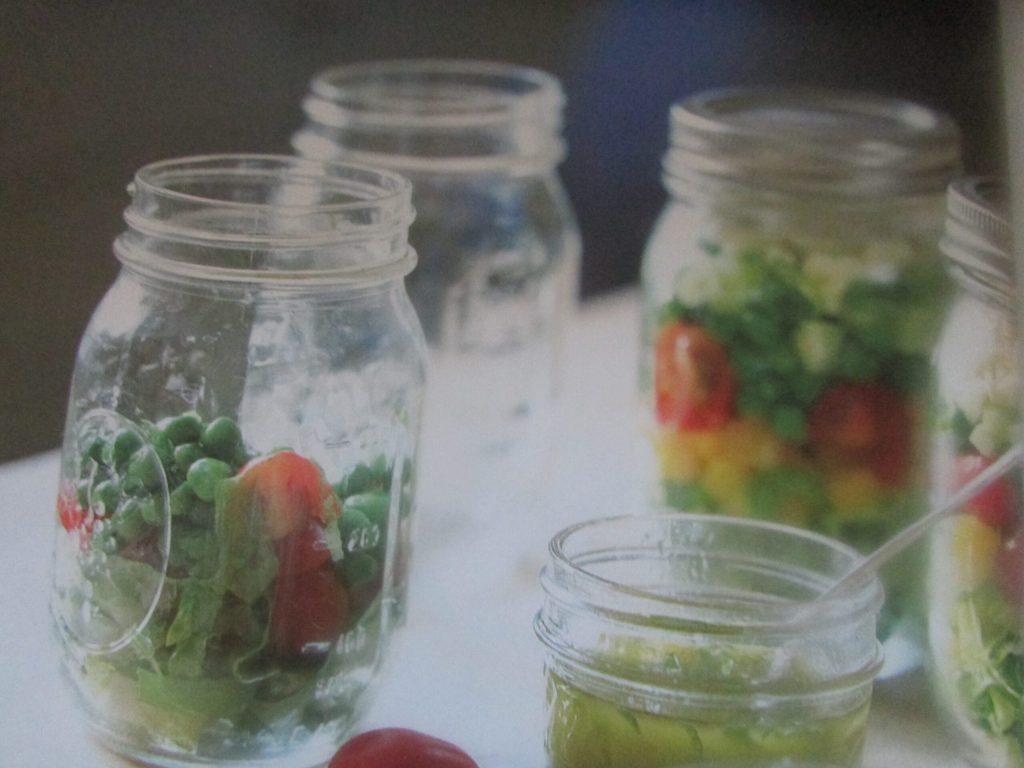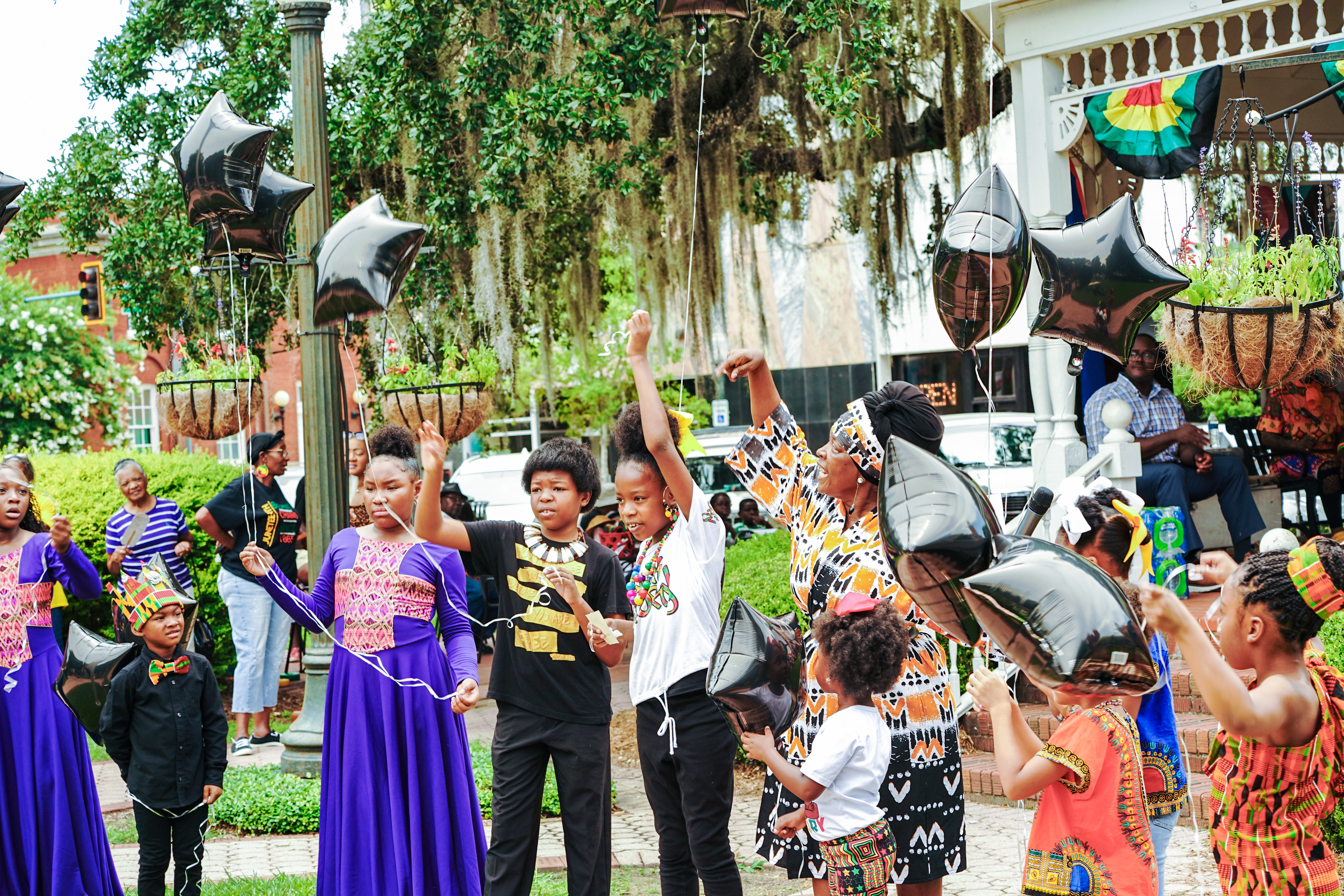Corn, Cars and Mason Jars
Published 11:30 am Sunday, December 31, 2023
|
Getting your Trinity Audio player ready...
|
Georgians have always been, and still are, very creative, especially when their backs are to the wall and they need to find a way to provide for their families. At one time, the production and selling of moonshine liquor was a way to put food on the family table. The ingredients were readily available. Corn was grown in huge fields. The making of the still itself was not a problem as the materials needed were easily gotten. All you needed was the knowhow of making this very marketable commodity.
Since January is the first month of a new year, and we do celebrate, I thought that finding out about some of our southwest Georgia distilleries would be right in fashion. So, let’s put the gate down and climb into the back of the truck, and go back in time together. Also, let’s bring mason jars so that we can collect a little of “history” and share it with friends. Oh, and we will also need a designated driver. Where is that hound dog when you need him!
The moonshine industry came about when finding work and getting a paycheck was almost nonexistent and making whiskey was the answer. Manufacturing it was generally considered illegal because of the 18th amendment to the Constitution, which was later revoked as it caused more harm than good. The main problem, as viewed by the government, was the loss of tax revenue. Therefore, the making and selling of liquor was viewed as illegal.
The word “moonshine” is believed to have come from the term, “moonrakers”, an early English term used to mean smugglers and business done under the cover of darkness. This added to the mystic of the illegal activities. By definition, moonshine is “any distilled spirit made in an unlicensed still”. It is believed that this crystal whiskey came into the north Georgia mountains in the early 1800s, brought by Scottish and Irish immigrants. They called it, “unice beatha”, meaning “water of life”. In their native countries, making liquor was not illegal but was a tradition handed down from generation to generation. These settlers made their whiskey with the same recipe that is now considered the traditional one, with corn mash as the main ingredient. This product became known by a list of names. White lightening, mountain dew, hooch, home brew, all were used to describe this liquid.
Moonshine was made in the north Georgia mountains for over a century. As a matter of fact, the first recorded making of moonshine was documented in several diaries as being in this area, as well as all over Georgia. The mountains were more popular because stills were easier to hide there. They could be nestled in valleys and covered with vegetation. Another plus was that the red dirt roads proved to be perfect for its transportation.
Making liquor is a craft, and those who made the brew, took pride in producing a quality product, like women do when they make their favorite fried chicken recipe. Folks in many circles admired the moonshiners of the past. They had that wild spirit. They lived by the seat of their blue jeans and had to possess a huge amount of ingenuity and a powerful amount of guts. They were making a living and putting a roof over their families when few jobs were available. They also were very good at outsmarting the law, a necessity for staying in business and staying alive.
The advent of Prohibition in 1919, was, in a convoluted way, a God send. It made the business of moonshining boom. Even though Georgia had outlawed distilleries in 1907, the demand for alcohol flourished and stills multiplied like bunnies under the bed. In that era, sheriffs were paid ten dollars for breaking up a still and an extra forty to sixty dollars for catching the operator. This precious white liquor was sold for one dollar a gallon during the Depression. If you could find a job as a laborer, then you might work ten to twelve hours a day to make that dollar.
Moonshining was so lucrative, that even when the men were caught and spent some time in jail, and when they came out, they didn’t have a still, they made one by the end of the next day. It was well worth the risk.
If the revenue agents could not locate a still that they knew existed, they would go after the haulers of the liquor. Runners, as they were called, were like super heroes. They enhanced the power of their cars and hauled their product while trying to evade the law. Some hauls were made in trucks with the load covered by peaches or corn. One vehicle of choice was a 1940 Ford car with the back seats removed and special suspension and shocks installed, so that the vehicle could carry up to twice the cases of moonshine without breaking a sweat. Some say that certain cars could carry up to sixteen to twenty cases! Think on that – that’s a lot of weight!
Most runners had the reputation of not stopping for nothing and would rather run the wheels off the cars before surrendering their cargo. These runners also had come upon ideas that would throw the revenuers off of their tracks like having one car thought to be carrying the liquor go before the real carrier, acting as a decoy. When the feds went after it, the other car carrying the load would just slip on by. There were many ways that cars were made to go faster than those of the revenuers and also the men who drove the cars were better drivers and would set those dirt roads on fire. They would push the envelope, for they had nothing to lose. Plus, if one plan wasn’t working, they were always ready with plan B.
The heyday of moonshine production was between 1930 to 1960. By the late 1950s, law enforcement found an effective tool for controlling the manufacture of liquor by requiring merchants to report large sales of sugar and mason jars. For most store owners, this comprised two thirds of their business and having to report these sales hurt their income.
Is moonshining a thing of the past? Here are some statistics I found. There were 129 “reported” raids on stills between 1985-2000. Some stills were discovered in 2006. Most people feel that the whiskey trade will never die out completely. Moonshine making was a way of life for many, many decades. Most folks do have someone in the family who made liquor at one time or another. Also, there are folks who have a traditional recipe that they follow when they make their own wine and beer for their enjoyment and perhaps moonshine, too.
However, today any loss of tax revenue from the sale of moonshine is not a top priority but the health issues that are caused when unlicensed distillers add ingredients like rubbing alcohol, paint thinner, formaldehyde and chlorine bleach. Then there is the fact that methanol is not produced in toxic amounts when the sugar and grain ferment, but contamination is possible if a type of cheap methanol is used to increase the strength of the alcohol. The first few ounces, the foreshot, contains most of the methanol and acetones.
If you want to test for contamination, here is the way. Put a small amount in a teaspoon and set it on fire. If it burns with a blue flame, the liquor is not contaminated. However, tainted liquor will burn with a yellow flame. If there is lead in the liquor, it will burn red. This test gave birth to the slogan: lead burns red and makes you dead.
Alcohol concentrations above 50% or, 101 proof, are flammable and are dangerous to handle. If you want to estimate the alcoholic content, or proof, of moonshine, shake a clear container of the liquor. Large bubbles with a short life indicate a higher alcohol content while smaller bubbles that disappear slowly, indicate a lower alcohol content.
During a recent trip up in the north Georgia mountains, I met this man who made moonshine. He told me stories but I had to promise not to use any names. I obliged, as this is something which I am used to, for many folks want to share their stories but don’t want the notoriety.
Of course, this was something he did in his youth. Now, his face is grizzled with white course whiskers and his tan skin is leathery and tough. However, his eyes still twinkle with mischief when asked about his days of making white lightning. Yes, he shared his adventures and told what it was like in those by gone days of the rum runner.
He lit his cigar and settled back into an old wooden rocker on the porch that is in desperate need of paint. He then started his story. “I was a moonshine runner through the mountains of Georgia and Tennessee during the days of Prohibition. This was a time when evil grew from good intentions. Days were full of racketeers, bath tub gin and gangsters.
‘The whole country was involved, not just the Chicago speakeasies. Here in Georgia, many of the sleepy, small towns were pick up and drop off points for moonshine made in the hills, under the protection of the tall, thick pines. This cargo was loaded into specially made cars and trucks, then driven swiftly to its destination.
‘Risky business it was and not a job for just anybody. You had to love the excitement and the dangers. We did it for the money but there was the thrill of playing this game where you rode side by side with the devil.”
He then talked about a long list of situations that could result in the loss of life. Most common, was losing control of your vehicle and crashing: “Or, your cargo could shift causing you to weave back and forth. Now, you would bounce so much that you could go down the side of a mountain. However, no one cared. You were just another runner. However, they did care about the whiskey.”
Then he mentioned the revenuers, who would appear from nowhere: “Men with guns would line the road holding rifles aimed right at the driver. The police cars would be at your heels, bullets whistling through your hair and that car was full of whiskey and fuel, like a fast-running bomb.”
Now he leaned forward, his calloused hand touching mine and he recalled this time: “A fella was running. Shells were hit’n all around like raindrops. He tried to out run them. Then, a bullet from one of the machine guns hit home. Fire was everywhere. No body was found. All he left was an obituary saying he had an accident.”
His fading eyes became as hard as flint: “They tried to catch me, but I was at the game too long.”
He told of another danger, hijackers: “These men would carefully watch the roads for the signal that a runner was approaching the warehouse. They would open the doors and the driver came in. The runner knew that there was trouble when the doors were locked behind him and more men descended on his vehicle. They would disable the driver and unload the cargo as fast as they could.
What happened to the cargo and the driver was never known. Most likely the cargo was sold for a very high price. Someone would kill the driver and put his body in an unmarked grave. Most were never found.”
Then he told about the danger of the drop off: “The runner would get as close to the drop off zone as he could. Then he’d kill the engine and wait in silence, in the dark, like a sitting duck. From far way, there would be voices and footsteps. Ghostlike figures would come towards you through the mist. These were your contacts, coming to unload the cargo. They moved fast always working against time. If it was a large haul, it could take about two hours. As soon as they were done, the driver was gone.”
I wondered what these men did to protect each other. They must have had a camaraderie between them. My companion smiled, showing laugh lines around his eyes: “When we were done, we would have races to see who was the fastest. Everyone had a souped-up engine.”
Now he laughed, and I noticed a scar, that snaked down from his eye to his collar, as it gleamed white in the summer sun. He continued: “You wanted to have the biggest and baddest engine you could get and you wanted it to be quiet, too. Also, the car had to be modified to stand the pounding of running at high speed over washboard like dirt roads while carrying heavy cargo. The men who built the cars knew what they were used for and, like always, money would buy one.”
From talking to him, I realized that these men thought of themselves as adventurers, playing a “catch me if you can” game, and the odds were mostly against them. Most folks didn’t think of them as criminals, just delivery men. The rum runner lived with danger and excitement. Hopefully, his stories will not be forgotten.






